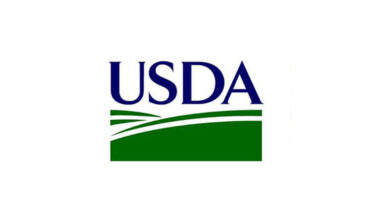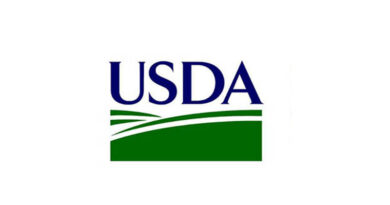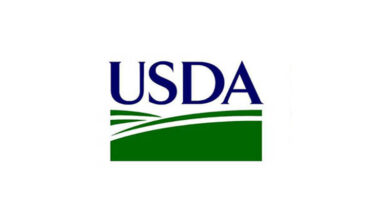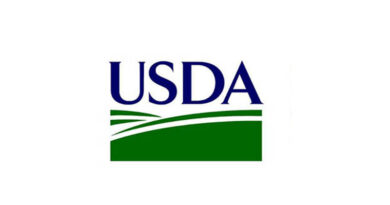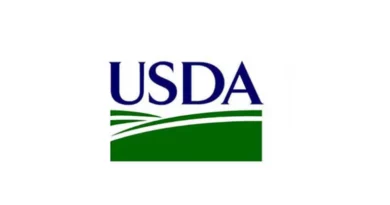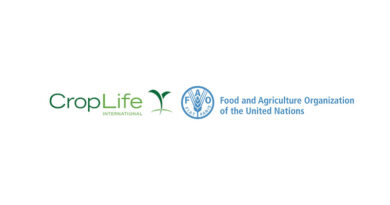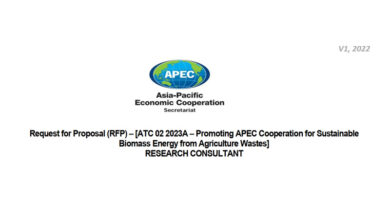New USDA Resources to Promote Reduction of Food Loss and Waste
29 June 2021, Washington: The U.S. Department of Agriculture (USDA) today announced new resources to inform consumers on how to reduce food waste during the July Fourth holiday and beyond.
According to USDA research, the average family of four wastes nearly $1,500 worth of food each year. And the food that goes in the trash winds up in a landfill where it creates methane, a greenhouse gas that contributes to climate change.
In a one-minute video, USDA’s Food Loss and Waste Liaison Dr. Jean Buzby demonstrates different ways to prevent food waste. The video messages and visuals are also available as a soundbites & b-roll package to allow customized storytelling about preventing food waste. In addition, an infographic is available in two formats, Easy Steps to Prevent Food Waste (PDF, 97.8 KB) and Easy Steps to Prevent Food Waste (PNG, 76.0 KB) presenting streamlined steps to reducing food waste at home.
On July Fourth and all summer long, USDA encourages consumers to use four simple steps to reduce food waste at home.
- Plan ahead – Before you go to the grocery store or order online, make a list so you don’t buy more than you need.
- Serve smart – portion control is good for your waistline, and good for reducing plate waste.
- Love your leftovers – Pack leftovers in small portions in shallow containers, mark the contents and date, and refrigerate or freeze immediately.
- Compost, don’t trash – Food in landfills produces harmful methane. You can recycle your food scraps in a home compost bin or at a local compost center.
Learn more about food loss and waste prevention at www.usda.gov/foodlossandwaste.
USDA touches the lives of all Americans each day in so many positive ways. In the Biden-Harris Administration, USDA is transforming America’s food system with a greater focus on more resilient local and regional food production, fairer markets for all producers, ensuring access to safe, healthy, and nutritious food in all communities, building new markets and streams of income for farmers and producers using climate smart food and forestry practices, making historic investments in infrastructure and clean energy capabilities in rural America, and committing to equity across the Department by removing systemic barriers and building a workforce more representative of America. To learn more, visit www.usda.gov.


